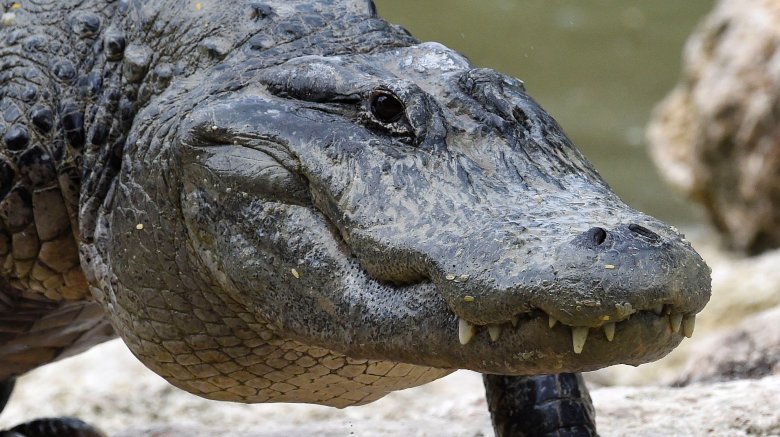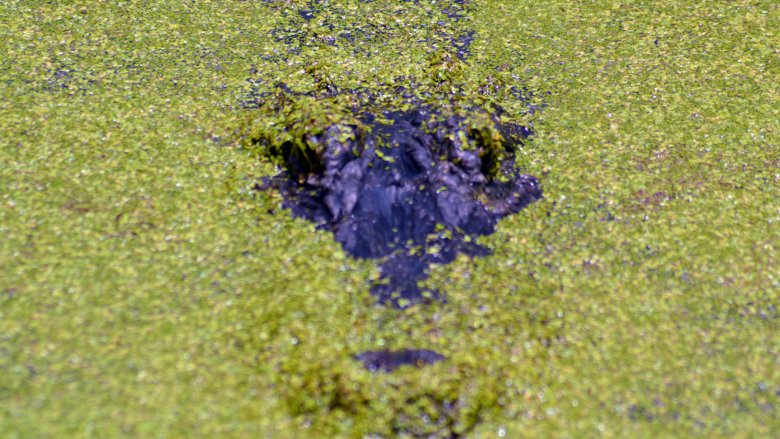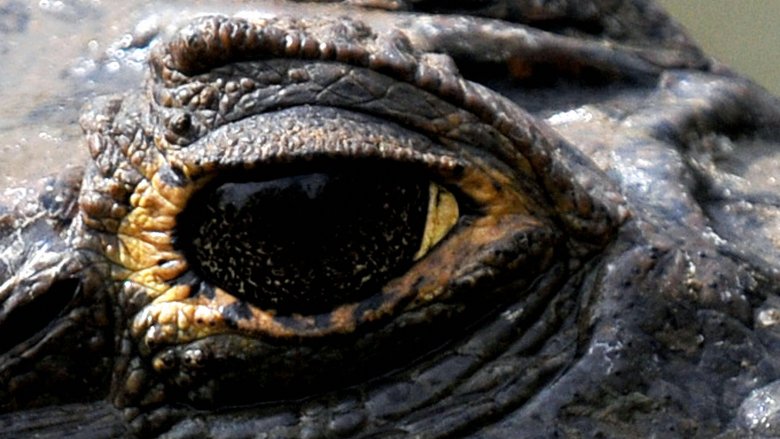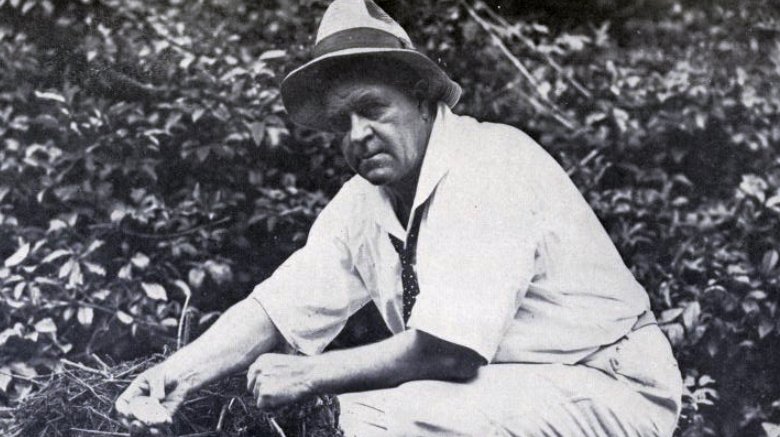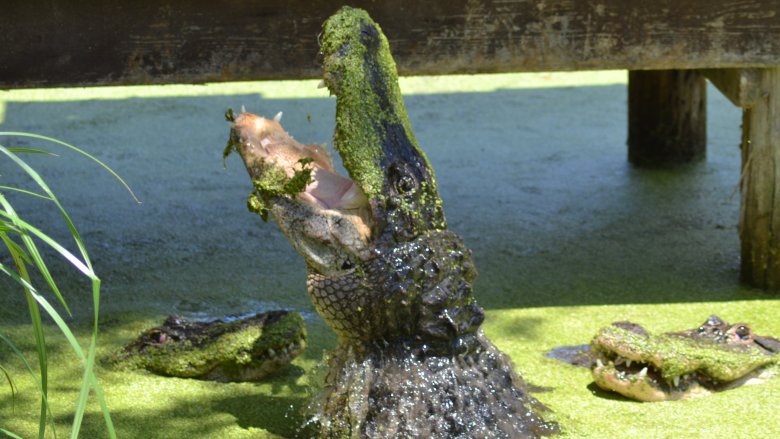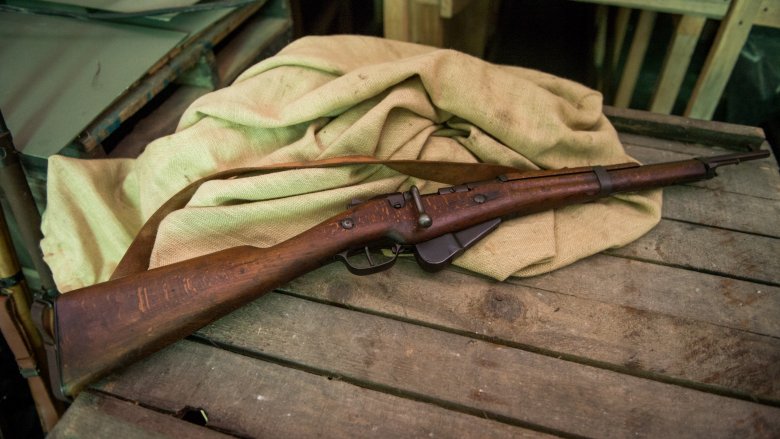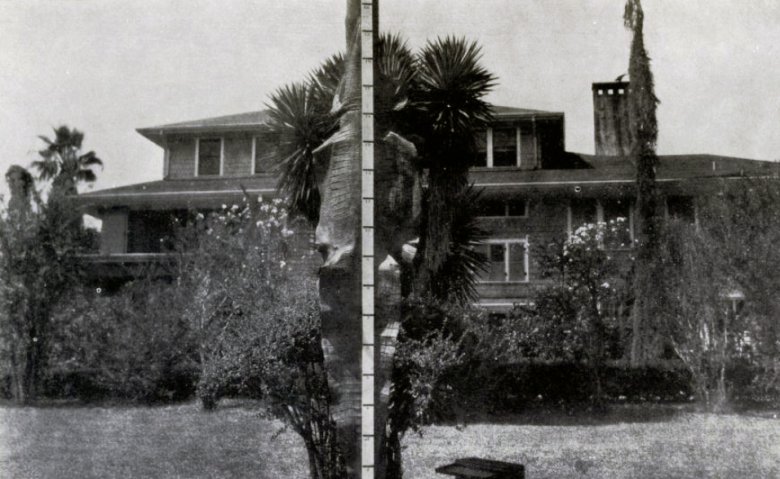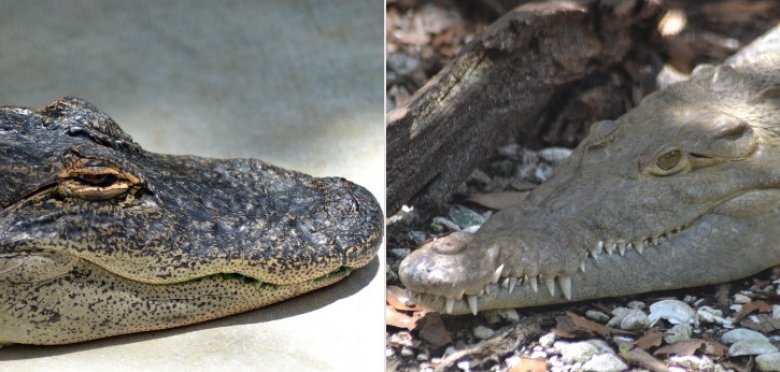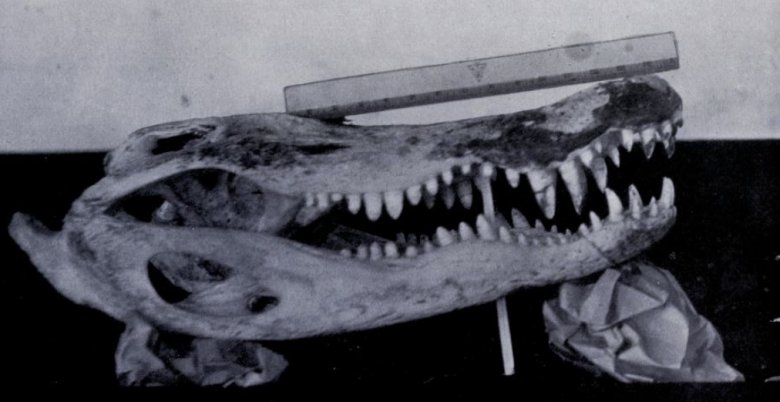19-Foot Alligator: The Fascinating True Story
"Giant alligator" is a headline grabber. When you see news stories touting the size of some giant alligator that's been captured, the sheer enormity of the beast is usually enough to give pause. But how big is the biggest gator?
If you did a cursory internet search for "biggest alligator ever" you might see a listing that says "19 feet, 2 inches" — with a caveat that the number is "unconfirmed." As of this writing, the official record is a 15-foot, 9-inch gator caught in Alabama in 2014. So how is it that we have a precise record of 19 feet, 2 inches and yet somehow that record doesn't count? Like most things that carry a "well, maybe" tag, this happened a long time ago and by our modern eyes we generally distrust anything that doesn't measure up to our standards. After you hear the story of the 19-foot alligator, you can decide if the record is a tall tale or if the most famous American environmentalist of the early 20th century (who you've never heard of) really found a modern dinosaur.
Swamp gators
Florida might be associated with alligators but it's actually Louisiana with the largest concentration of gators, with a bit over 2 million. You can chalk that up to a number of things, but Louisiana is about 18 percent water, mostly shallow bayous. Alligators seem to like those marshes, with all the food sitting right there in a nice small space, and it lends itself to some enormous growth. Obviously when people weren't around, things trended bigger. We do know that at one time even mammals were quite large in size, and look, if mammals were big we know other creatures were – like this gigantic prehistoric crocodile found in Tunisia according to National Geographic. Which brings us back around to the alligator.
National Geographic also notes the average alligator runs from 10 to 15 feet. That's a relatively large range, but if you live in an area of the U.S. with gators, you've seen them — with a frequency that probably disturbs visitors. You might see a 10-footer, and that's big, but it's very rare to see one much bigger than that in the wild.
The big gator
In January 1890, 17-year-old Edward Avery McIlhenny went out duck hunting in a bayou that connected Cock Bay with Lake Vermilion — obviously at a time when people named things with reckless disregard for snickering. After attracting some ducks and making his shot, he traversed through tall grass to retrieve his dinner. In the dim sunset, McIlhenny came upon what he believed to be a sunken log ... it was actually a freaking alligator! He immediately knew it was the biggest darn gator he'd ever seen. An alligator can survive in cold weather, but they become almost catatonic and move slowly. Luckily for McIlhenny, it was a pretty chilly January.
McIlhenny did what any sensible person would do when holding a gun, standing in knee-deep water, and facing down a giant dinosaur — he shot it in the head. He then did something even more sensible and got the heck out of there. The next morning he returned with his hunting team and tried to tie it to his boat and drag it to dry land to skin it, but the three of them couldn't even drag it through the muck! They left the gator where it lay.
The story of a man named Ned
Does the name McIlhenny ring a bell? You like hot food? Edmund McIlhenny created a sauce from peppers grown at his Avery Island plantation — today we call it Tabasco. His son John assumed control of the company after the elders' passing. His other son, Edward Avery McIlhenny, did some of the business stuff, too, but he had other interests besides spicy sauce. Edward, called Ned by his friends, was one of the earliest environmentalists in the U.S., and at the least certainly one of the most philanthropic naturalists in the late 19th to early 20th century. Ned knew his stuff; growing up in the swamps of Louisiana he became familiar with the flora, fauna, and creatures that surrounded him and his Avery Island home.
He founded a wild bird sanctuary on Avery Island in 1895, and you can personally credit him with saving the snowy egret from extinction. Avery didn't just focus on aviary species — alligators were his specialty. So when Ned stumbled upon that enormous beast in the winter of 1890 he wasn't just some punk kid with a hunting rifle.
Go gators
It's no exaggeration to say almost everything we know about alligators is because of McIlhenny. Scientists know the temperature of an alligator egg will determine the sex — below 86 degrees in the nest and it's a female. Mating season runs from April to June, with April being the flirty-flirty time and May to June being the business time. McIlhenny first documented all these facts in his groundbreaking 1935 book The Alligator's Life History.
McIlhenny grew up surrounded by gators, and they were his passion. He hunted gators, but he also keenly observed their actions, recording what he could. He wrote in his opus that prior to hide hunters arriving, he encountered many very large alligators. Today, if you went to an alligator preserve in Florida or Louisiana (or any state really), you might come across a 12- or 13-foot gator in captivity — living the good life and getting fed regularly. McIlhenny implies that with fewer hunters, Louisiana gators got big — a lot bigger than the ones you see from the safety of a wildlife park today.
The measuring tape
McIlhenny said he shot the sizable beast out of compassion, that given the location and size of the gator, it would have died of exposure. He later observed the gator had no teeth, just stumps down to the bone, and clearly was very old. Just looking at the gator, however, McIlhenny knew he had to somehow get a record of what he'd found. Being an amateur scientist, he decided to measure the gator.
Using his 30-inch gun barrel, he started at the tail and worked his way up to the snout, marking with his knife as he went until he got to the business end. The verdict? An astounding 19 feet 2 inches! McIlhenny measured the gator twice more to check his work, and yep — 19 feet 2 inches. In case you're wondering, 19 feet 2 inches is 234 inches, which means he laid the barrel of his gun down about eight times on that gator.
There were others
Make no mistake that McIlhenny's gator was the largest, but there were others listed that are larger than today's record gator. Several gators have been mentioned at 18 feet, and Ned's Uncle John captured a 17'3" monster alive in 1886. To display the enormous beast, Uncle John arranged for it to be shipped up to Philadelphia. Along the way, some snappy seaman decided to pour paint on the gator's head, and it died. Rather than continue up to Philly with a dead gator, they dumped it over the side. Had that gator arrived, it surely would have been the largest alligator specimen around.
Additionally, McIlhenny told a story in his book about a man named Max Touchet and a large gator on Marsh Island in Louisiana. Max and another man somehow lassoed that large gator and pulled him out of his gator hole — and it worked! Being 3 miles away from land and having a scary beast on the end of a rope, the duo decided to kill the gator and skin it — carrying the hide back instead of the 1,000-pound beast. The skin measured 17 feet, 10 inches, with about 4 inches of tail missing from the gator, perhaps lost in a battle at a younger age. And guess what? Skins shrink once they're off a gator, according to the folks at Jungle Adventures in Christmas, Florida.
Let's put this in perspective
You know the difference between an alligator and a crocodile? As Live Science explains and the above photos illustrate, crocodiles have narrower snouts and teeth shining outside their pretty mouths. Crocodiles also grow much larger than alligators. Lolong, a legendary croc captured in the Philippines, had a taste for humans and measured an enormous 20'2". Australia generally has no problem clearing the 15 foot plateau either, like a 17-footer illegally poached in 2017, or a 17-footer nabbed by Steve Irwin for his TV show. There are all sorts of stories out there of crocs topping 23, 28, and even 33 feet — but let's keep our focus on alligators.
Now, there are still huge gators prancing about, but the 19-footer McIlhenny killed all those years ago is almost as large as the biggest confirmed crocodile, the aforementioned Lolong. Thinking that alligator's just too dang big? The size is just the first thing that might give you pause about this tale, but there are others.
There are problems
So why is that divisive "unconfirmed" word associated with McIlhenny's yarn? Well, sometimes even the clearest picture can get a bit murky in the bayou. There are a few old alligator skulls floating around, with claims of more than 15 feet. The skull of one specific 16-foot gator turned out to be from a 14'9" specimen. That's not small, but it's not 16 feet.
The other problem is nutria. You know what a capybara is? That giant rat? Nutria are basically the same thing, but they live in Louisiana because some brainiac brought them from South America in 1889. Originally thought to be a good fur trade animal, they do much more harm than good. Ole Ned McIlhenny took credit for introducing nutria to Louisiana, but he didn't introduce them at all — they had an almost 50-year history in Louisiana by the time he started his farm. Maybe he's not such a reliable narrator. Oh, and there's also the fact that his giant alligator report appeared 45 years after it supposedly happened.
So what's the verdict?
Life is rarely black and white. Many of the scientific observations in McIlhenny's book stand up today and are generally accurate. The guy really knew his gators. Then again, Jungle Gardens, founded by McIlhenny in 1935, doesn't mention the 19-footer at all, but does tell of an 18-footer taken by McIlhenny's father in 1879.
We know — based on the skin in his book — that he truly had a 17-foot alligator within spitting distance of his home base. We also know that using your gun barrel — regardless of how many times you do it — isn't an exact measurement of anything. Did McIlhenny really overestimate his giant gator by 4 feet ... three times? Did he just have a thing for exaggerating a little? Ultimately, we'll probably never know unless someone finds a 19-foot skeleton lying in the bayou.
